
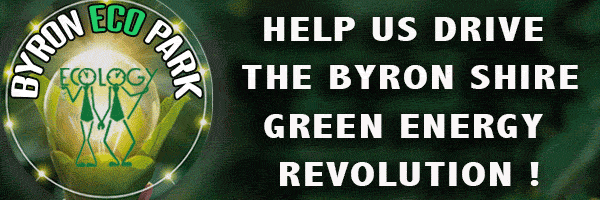
David Lowe
Globally, buildings are responsible for a massive share of energy and material consumption. Land and water are gobbled up during construction, and bad design can entrench destructive and inefficient processes for the life of structures.
In the USA, the building sector consumes nearly 40% of all energy produced in the country, and is responsible for a similar share of greenhouse emissions.
Green and sustainable building movements are doing their best to buck this trend, some by going back to technologies of the past, and some by diving head-first into the future.
Waste
One of the biggest problems with traditional building is the sheer amount of waste involved at every stage. The Earthship movement turns this problem on its head by re-imagining waste products as building materials. Cans and bottles are used in upper walls and as window features, and old tyres are used to strengthen foundations and base walls.
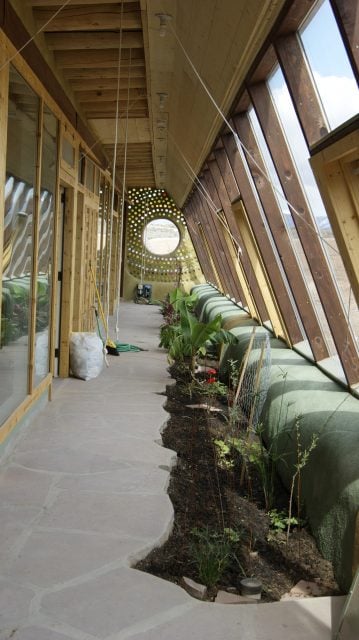
Potentially toxic materials (if allowed to degrade) are encased in earth dug on site, or earth/cement blends, and the buildings are commonly designed with double skins, creating internal microclimates which make it possible for humans to live comfortably in extreme climates while collecting their own water and energy, and using waste water to help generate new food.
Of course recycled materials can be used in less radical buildings too, bringing their history and beauty with them, as well as minimal environment impacts.
The growth of tip shops and salvage yards shows how many people are catching on to recycled building materials, and minimising waste in the process.
A more high tech response to the problem is 3D printing on a massive scale, in which structures are generated on demand by large machines, with minimal waste.
While this approach promises the benefits of speed, low cost, and organic design possibilities, concrete is still the main building material, and that’s a problem.
Concrete and its alternatives
Since ancient Roman times, concrete hasn’t advanced very much. Modern concrete mostly uses gravel, sand and a binder (typically Portland cement, which is derived from a mixture of limestone and clay which has to be transformed by a high temperature cooking process).

The two main problems with this miracle construction product is there’s not enough of the right kind of sand (leading to sand wars), and the greenhouse gas effects of concrete production are enormous, with each tonne of cement produced releasing one tonne of CO2 into the atmosphere.
In spite of these drawbacks, concrete’s usage in building is skyrocketing. In the last 65 years, the amount of cement produced has increased almost 34 fold.
Worldwide, concrete’s usage in building is now twice that of steel, wood, plastic and aluminium combined.
Clearly there’s a pressing need for environmentally sound alternatives to traditional cement, and they already exist, from the carbon neutral waste products of other industries (like granulated blast furnace slag and fly ash, or natural clays), to carbon negative solutions (such as hempcrete), which combines insulation and thermal mass.
In the Northern Rivers of NSW and Germany, Ecocrete has been developed, with a recipe including hemp chips, bamboo fibre, and kenaf chips, making an extremely strong and light building material which acts as a CO2 sink. The product is also fireproof, making it ideal for bushfire-prone regions.
Unfortunately, far from embracing these promising concrete alternatives, government and industry in Australia have so far chosen a combination of business as usual and the mirage of carbon capture.
Organic building materials
Timber has been enjoying a resurgence as a building material lately, even in quite tall structures.
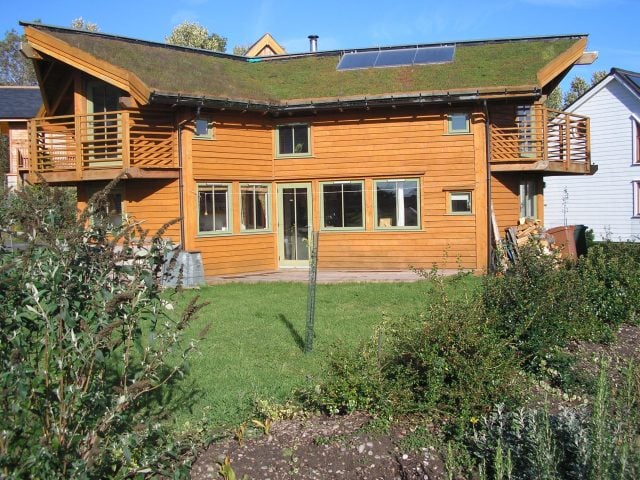
Environmentally this is a mixed blessing, with wood being a renewable resource and locking up carbon, but also no longer able to provide homes for other creatures when it’s providing homes for humans.
Mono-cultures of tree species which are useful for human building are not necessarily good in terms of wider ecosystem health.
Of course recycled timber doesn’t have these disadvantages, although it’s becoming harder to find as the human population expands.
Other organic substances which are useful for building include straw (the stems of plants fed to animals as hay), mud, hemp, cork and bamboo, which is technically a grass, but can compete with slow-growing trees in uses such as flooring and frame construction, due to its very high strength to weight ratio.
One exciting development is the increased use of living structures in buildings, in which living walls and roofs enhance the beauty of structures while also cleaning the air, moderating micro-climates and in some cases providing food for humans and other species as well as providing shelter.
Energy
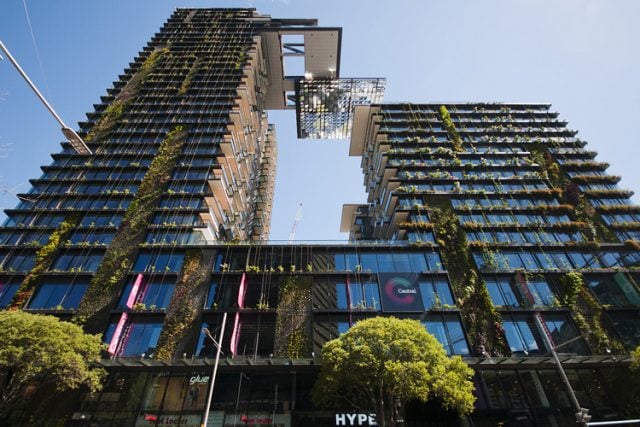
When considering how ‘green’ a building is, it’s necessary to look at both embodied energy and operating energy requirements.
As with cars, it’s hypocritical to build an incredibly energy efficient building with massive, hidden embodied energy in its construction.
The main driver with energy efficiency is cost; while energy is priced lower than it should be, designers will continue to deliver energy-inefficient buildings.
Poor people (those building users who could most benefit from things like passive solar design, water efficiency, skylighting, use of plants, natural cooling, and solar hot water) tend to be the least likely to receive these benefits.
As in other areas, there is little sign of a trickle-down effect with architecture and building design, apart from rare examples.
There’s no technical reason why all modern buildings can’t generate more energy than they consume (via solar, wind and biomass), but this is still a rarity.
Certification
Pretty much every jurisdiction has now recognised the value of sustainable building with a snappy name or ratings system.

In the USA they have LEED (Leadership in Energy and Environmental Design).
The Green Building Council of Australia has developed a building standard called the Green Star, and we also have the EER (Energy Efficiency Rating), NABERS (The National Australian Built Environment Rating System) and BASIX (the NSW Building Sustainability Index).
Unfortunately fancy acronyms don’t necessarily deliver environmentally sound outcomes.
Like carbon credits, accreditation systems can be gamed in various ways by unscrupulous developers, and even if the building is excellent, the way a building is used over its lifetime can undercut all those good intentions.
For example, the Bank of America Tower in New York achieved a LEED Platinum rating (the highest possible, and the first ever for a skyscraper) but has since been described as an environmentally ‘toxic tower’.
This is because it’s crammed with computers from top to bottom, running round the clock, meaning it uses more energy per square foot than any comparably sized building in Manhattan.
In Australia, Queensland’s Santos Place is the largest building in Australia to receive a 6-star green building rating, incorporating 20% recycled concrete and 90% recycled steel, none of which changes the fact that Santos are a fossil fuel company in the business of destroying the climate.
It reinforces the fact that we need to re-engineer our societies, our economies and our minds, not just our buildings, or all the green stars in the world are meaningless.
We need to start building solutions, not hollow structures, or we will end up building nothing more than a mausoleum for our own species.

Author
Originally from Canberra, David Lowe is an award-winning film-maker, writer and photographer with particular interests in the environment and technology. He’s known for his work with Cloudcatcher Media as a campaigner against unconventional gas and coal.
David has also written about Australian history. Many years ago, he did work experience in Parliament House with Mungo MacCallum. David has lived off-grid in the Northern Rivers since 2008.
More Planet Watch articles
Will Morrison’s gas-led recovery delete the IPCC’s belief we need climate...
Most Australians know the news, or have had firsthand experiences themselves, of two years of floods, fires, coastal erosion, and storms, both here and overseas. In fact Australia has warmed on average by 1.44 ± 0.24 °C since national records began in 1910.
‘Unprecedented’ but not unpredicted – we are now suffering from our...
As Australians head into another election season just as many parts of the east coast are recovering from ‘unprecedented’ flooding since February, and the national psyche is still reeling from the trauma of the ‘unprecedented’ Black Summer bushfires before that, it is critical now more than ever to vote according to your environmental conscience and fear for the future.
Ethical investing goes prudential
Ethical investing is the idea of using your money to make the world a better place rather than simply chasing the greatest financial return. It seeks to account for people and planet, not just profit.
On track to three degrees of warming
Our planet has warmed by 1.1 degrees, on average, since the Industrial Revolution, and Australia has warmed by 1.4 degrees since 1910 when records of temperature measurements began.
What’s going on with gas?
David Lowe According to the prime minister, we’re in the midst of a ‘gas-led recovery’. Until about five minutes ago, the gas in question was methane (mostly found using unconventional techniques like fracking) but now he’s also talking about hydrogen,...
Is hydrogen part of a sustainable energy future?
There’s a lot to like about hydrogen. For starters, it’s abundant. Hydrogen can store excess renewable power. When liquified, it’s more energy intense than fossil alternatives. In a fuel cell, it can generate electricity. When it’s burned, the only by-product is water.
Human activity, climate change risk more pandemics
New research has revealed climate change, environmental degradation and human activity are creating a perfect storm for more deadly pandemics like COVID-19. Scientists from the University of Western Australia (UWA) say COVID-19 has highlighted the critical need to reduce human impacts...
Planet Watch: Environmentally sound building
Globally, buildings are responsible for a massive share of energy and material consumption. Sustainable building movements are trying to change this, some by going back to the past, and some by diving head-first into the future.
Planet Watch: Are humans the disease?
Humans have told a lot of stories about how awesome we are, but there's one emerging hypothesis that casts our species in a very anti-heroic light. In terms of the planet, are we behaving like a disease?
Planet Watch – Top three environmental issues
With so many environmental crises occurring, it’s hard to focus on just three issues to provide an update to Planet Watch readers – but here's our top three...





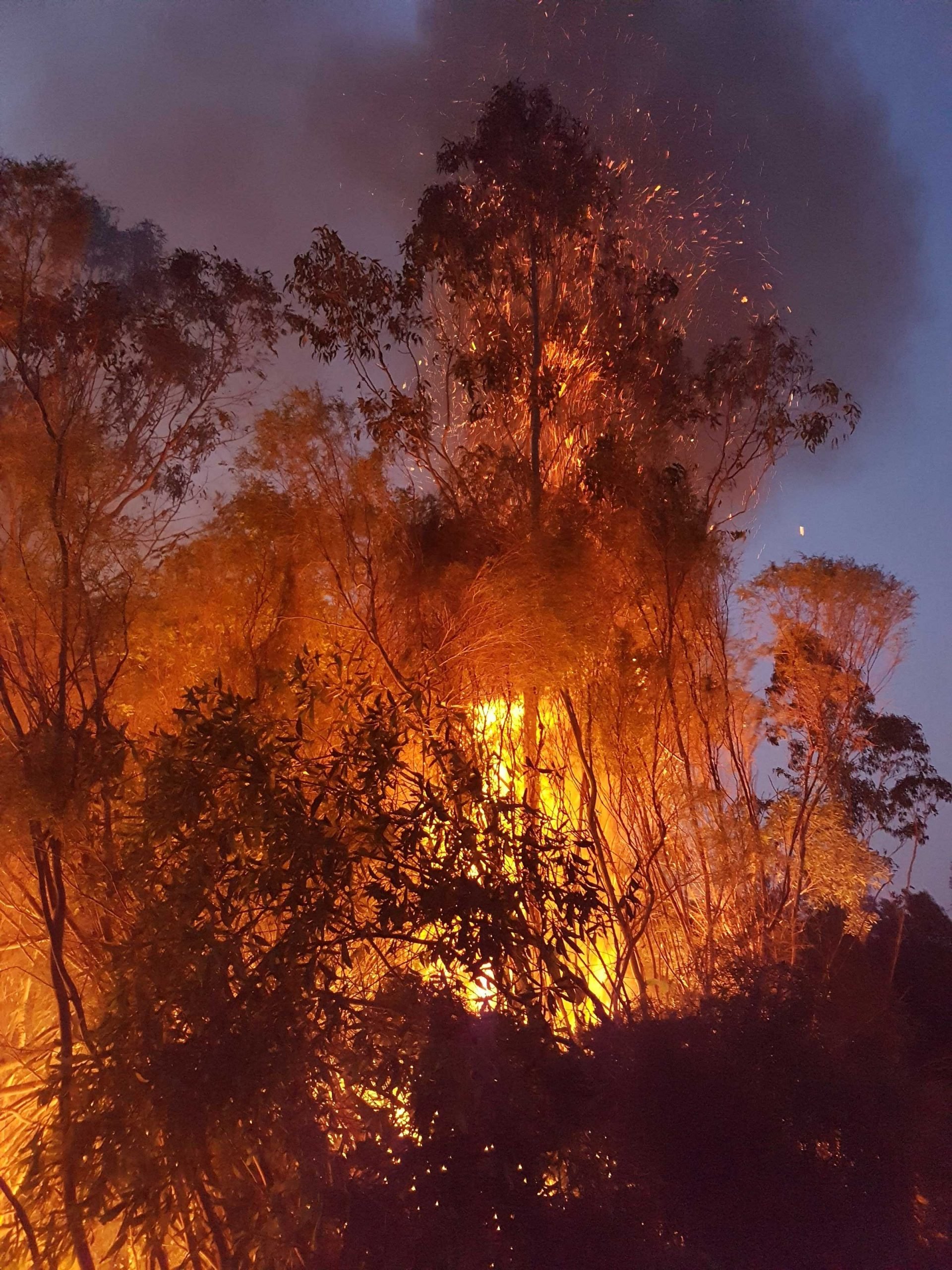
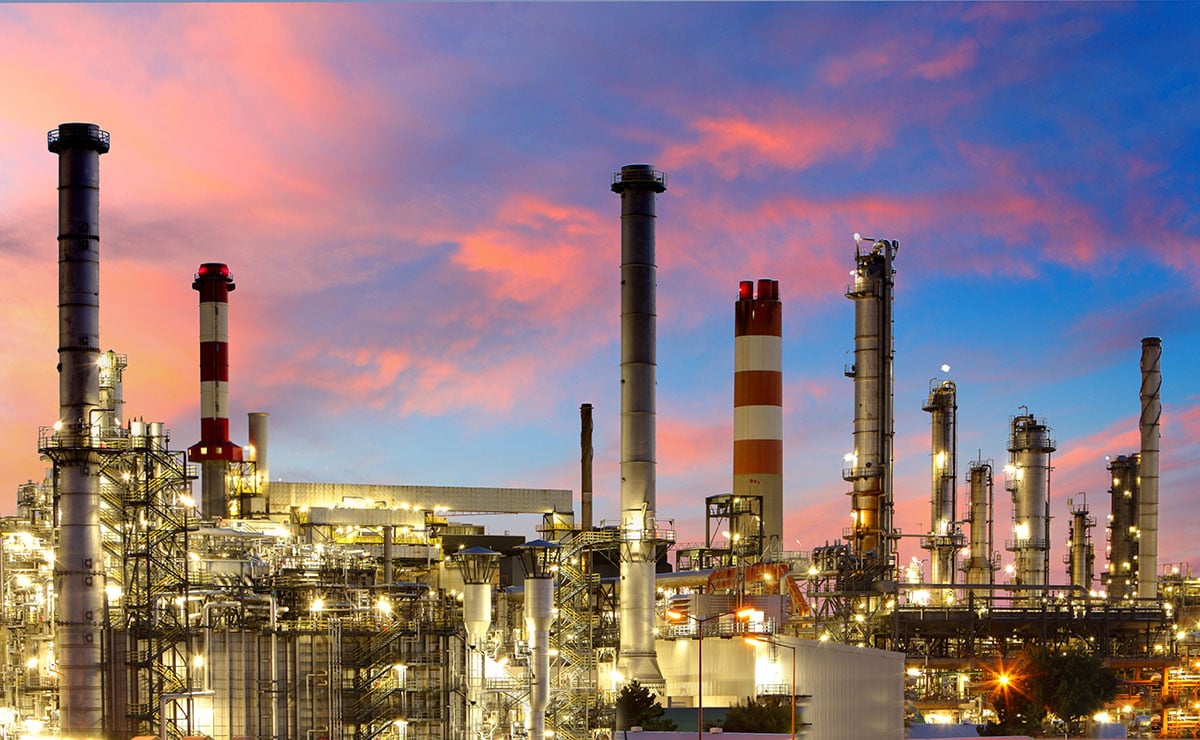

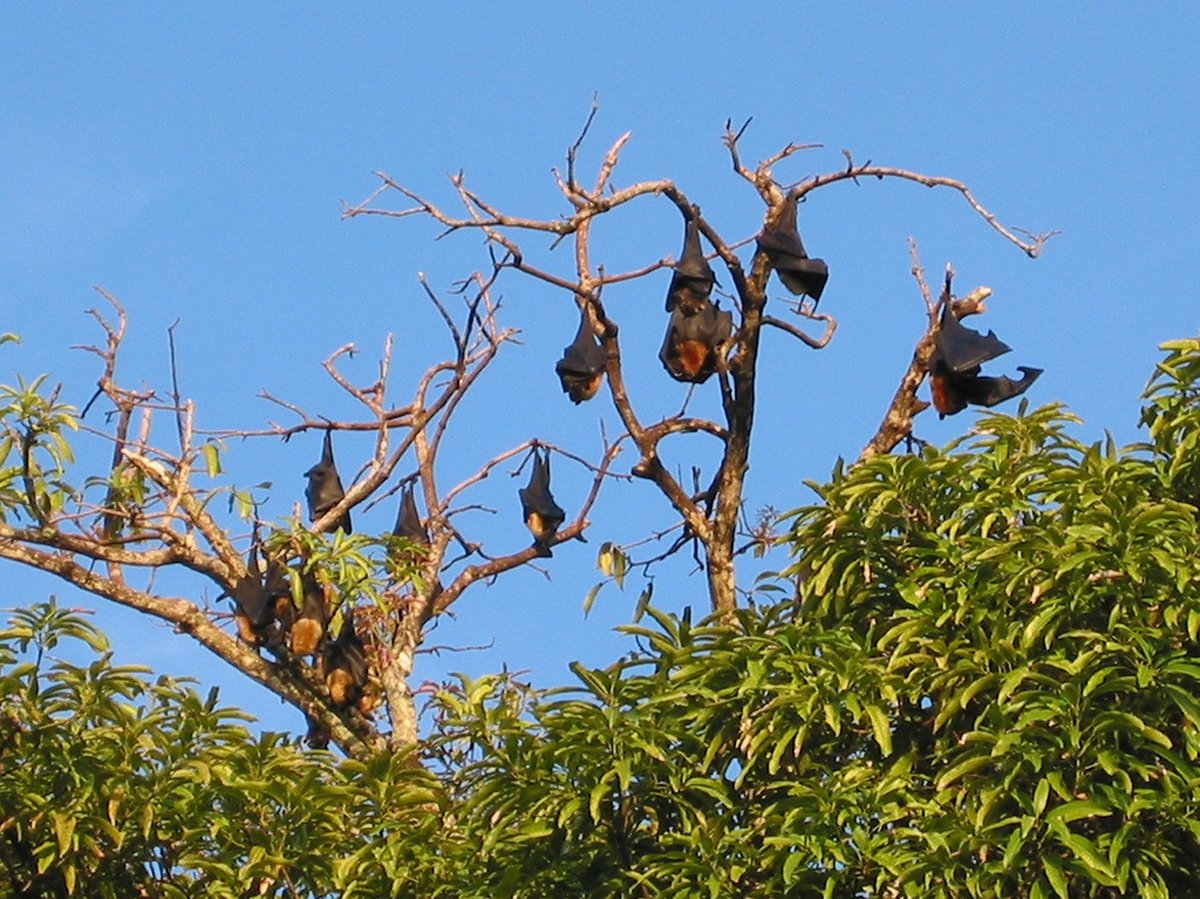
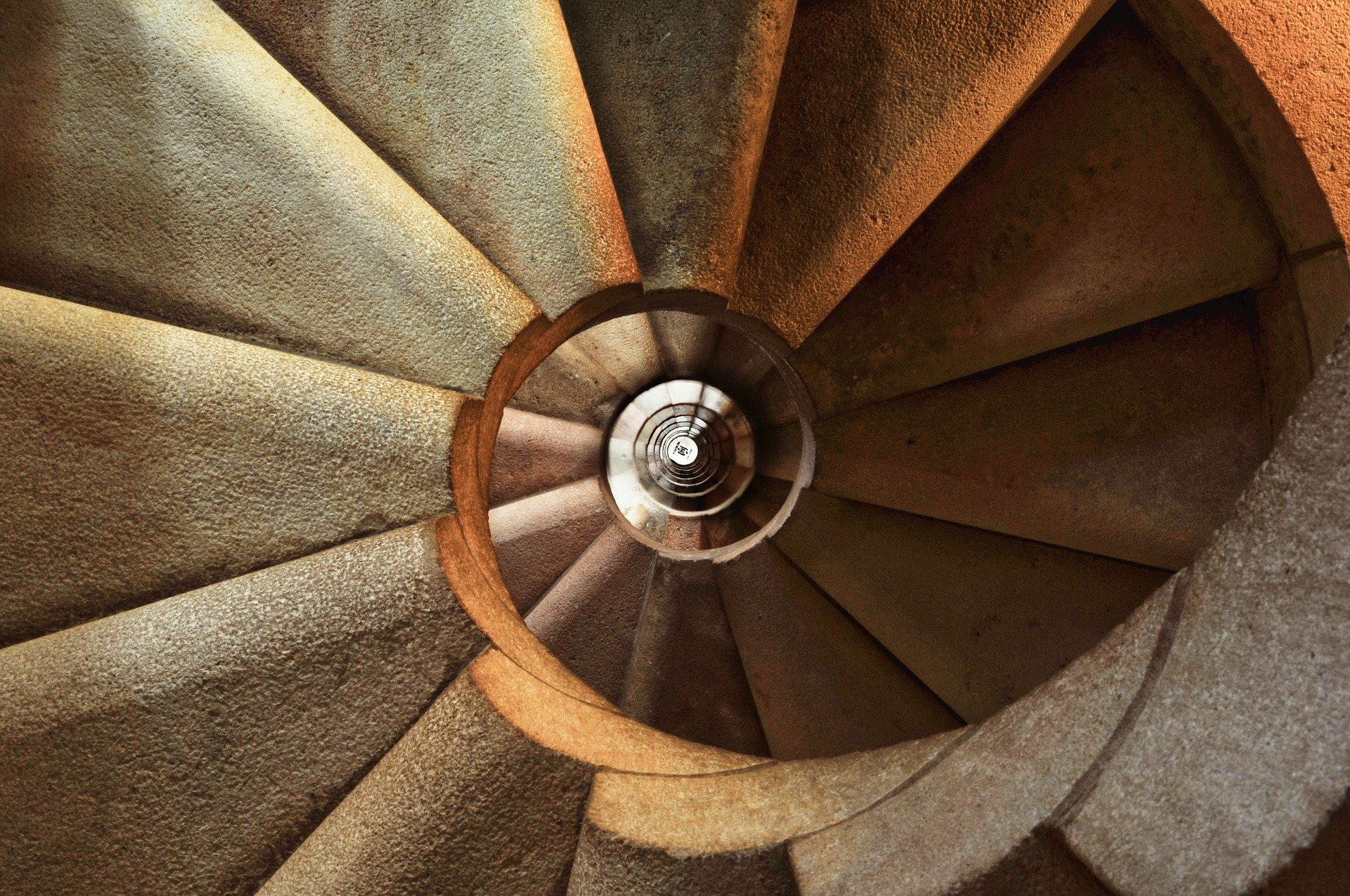



David – brilliantly presented.